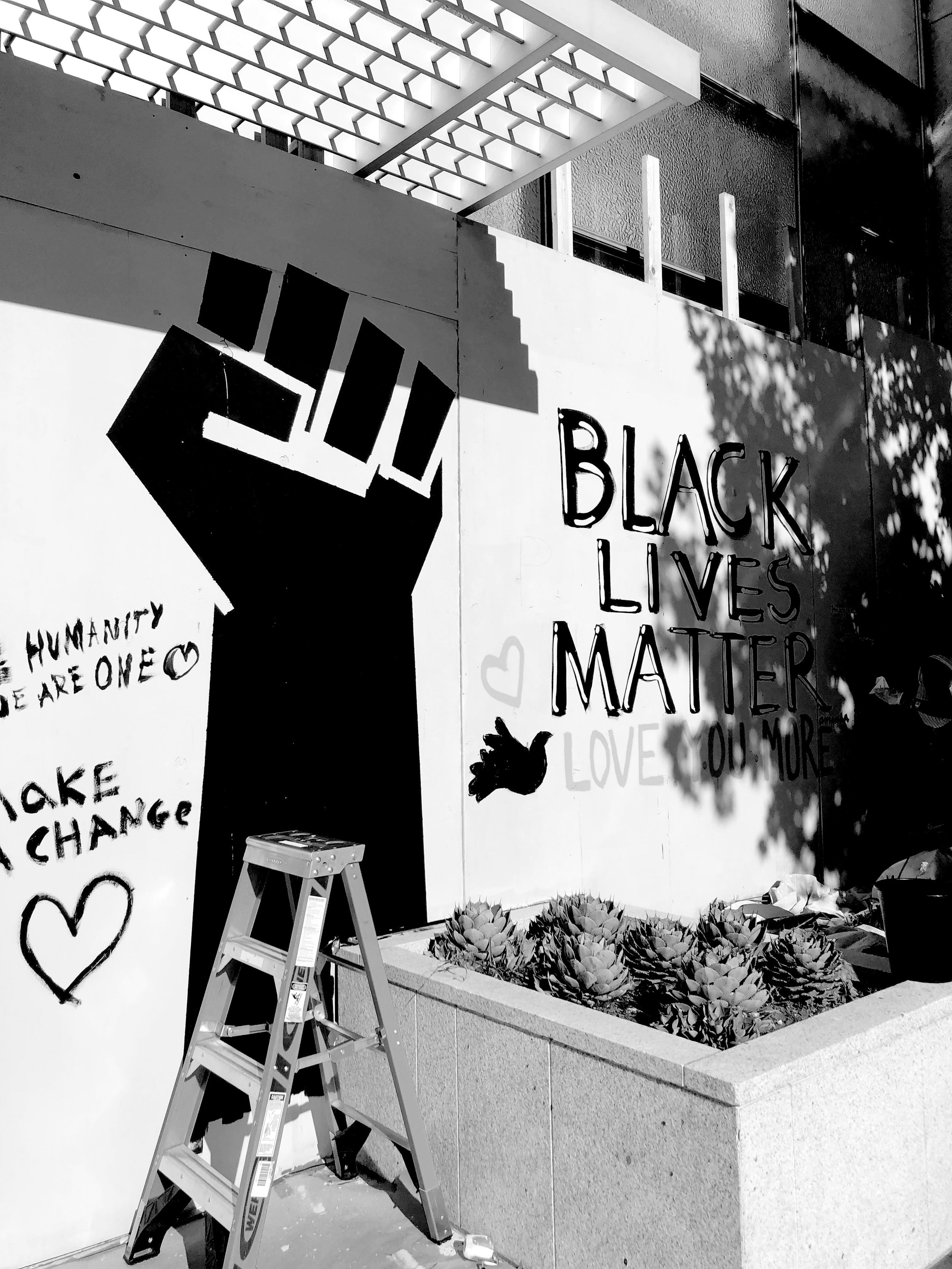John Wesley Work III - composer, ethnomusicologist, educator, and choral director
In this broadcast, Todd Lawrence and I discuss the scholarship and work Of John Wesley Work III and the newly launched Award named in His honor. The AFS African American Folklore Section is proud to issue the first call for submissions for the new John Wesley Work III Award
From Me to You
In this episode, I speak with Deidra R Moore Janvier, Esq. about her new book, From Me to You: The Power of Storytelling and Its Inherent Generational Wealth.
Buffalo Soldier Project, San Angelo Texas, and Black History
In this episode of the African American Folklorist, I speak with Sherley Spears, NAACP Unit 6219 President, President of the National Historic Landmark Fort Concho, and founder of the Buffalo Soldier Project. The National Historic Landmark Fort Concho Museum preserves the structures and archeological site features for pride and educational purposes, serving the San Angelo, Texas community.
The African American Folklorist Of the Month - Todd Lawrence
In this issue, I interview our current African American Folklorist of the month, Dr. David Todd Lawrence, Associate Professor in American culture and Difference English at the University of St. Thomas in St. Paul, Minnesota.
Can’t Classify This
A little boy had read numerous stories in his children's books about different life and death struggles between a Man and a Lion. But no matter how ferociously the lion fought, the Man emerged victoriously every time. Puzzled, the boy asked his father: "Why is it, Daddy, that the Man always beats the Lion, when everybody knows that a lion is the toughest cat in all the jungle?" The father answered, "Son, those stories will always end that way…until lions learn how to
Gentrification
Gentrification reflects how communities change. The question always is how good or bad it is for the community. Pictures provide different stories related to Gentrification. They include building improvements, more people, more businesses and different races living together.
Blues Narrative - Phoenix Moon
In this episode, I speak with Phoenix Moon, a Colonial America historian, Forensic genealogist, Civil Rights Activist. Grassroots Political Legist.
And I'm Done
Done tip-toeing,
Done bowing,
Done living an apology
For things done to my generation
people were stolen
No, people were stolen, sold and then later enslaved. They were not dull brutes or blank slates lacking culture, waiting for white people to write upon them.
Celebrating the Legacy of Blues
I found my way into the modern Blues dancing world the way a lot of folks did (and still do) - through swing dancing. Often, Blues was the late-night dance for social swing dances and was occasionally referred to as swing’s “slow sexy cousin.
Zydeco Music
Similar in style to the Cajun music of their white Cajun counterparts of Southern Louisiana, Zydeco music shares its common origins and influences and also overlaps in style and repertoire. However, Zydeco music’s distinct sounds are rooted in its rural beginnings and reflect the social and economic conditions of its black and brown creators.
CIVIL Rights
There are many races, and ethnicity identifying factors present, within this act. Easily overlooked, and smothered out by the visuals, of the Civil Rights Movement. Some may only remember, that which they'd like to forget.
The Colored Musicians' Club Museum
The Colored Musicians Club Museum is housed in the building. Named for a self-anointed 'colored' wing of the Musicians Local in 1917 by blacks whose participation had been rejected by Musicians Local 533, it was incorporated in 1935. The Colored Musicians Union morphed in the Colored Musicians Club, a place where black musicians gathered to practice and jam, to share information about gigs, musical trends, and lend each other communal support.
The Gentrification of Hip Hop
Honestly, the term guests would be an overstatement. We are treated as servants in their houses. Lord Jamar, whose feud with Eminem is well chronicled, stated that Eminem is a guest in the house of Hip Hop. He’s saying that all “White folk who participate in Hip Hop are guests in the “Culture”
Langston Hughes Family Roots
In the late 1890s, John Sanford Perry Hughes struck oil on land he owned in Oklahoma. After leasing the land, he moved to Los Angeles, where he became a successful real estate speculator. In addition to being a prominent businessman, Hughes was also the favorite uncle of Harlem Renaissance poet Langston Hughes.
The Copper-Colored Race
. However, there is a group of black folk, that truly would be considered Black American, or even American Black that is rarely mentioned in the celebration of Black History Month. They are called “The Copper Colored People.” According to the American Dictionary of English, also referred to as Webster’s Dictionary 1828, the “Native American,” also called “Indians” were as described - “AMER'ICAN, noun A native of America; originally applied to the aboriginals, or copper-colored races, found here by the Europeans
Black Southern Food Tradition
Dinner has always been a festive event in both sides of my family for generations. There are times during the week, as I grew up, where dinner wasn’t filled with the laughter and banter of many relatives. However, on any given Friday through Sunday, it is very likely that all the family would come together to eat what is now called “Soul or Southern Food,” laugh, joke and catchup with one another.
Justice For James
Stuck in a different world away from the truth, and confused about why people treat you the way they do. James, a teen from a small town called Point Place in Wisconsin was living in that world, stuck in an alternate universe. At the outset of our story, James was a strong young man, given his home life, James struggled a little bit because his mom was a single parent raising two kids.
Jackie Merritt – Preserving The Blues Through Art
There are many ways to express and preserve culture and traditions. Some convey it through literature, some through spoken word, and others through the various arts, ei—painting, music, performance, and dance. Jackie Merritt uses the arts to tell the story of the blues people. The art of painting, singer/songwriting, and performance. Merritt is a cultural bearer extraordinaire whose roots in painting and the love of acoustic guitar galvanized her on a journey to becoming one of the premier Black Traditional Music practitioners who works to make sure the people of the music and experience live.




















